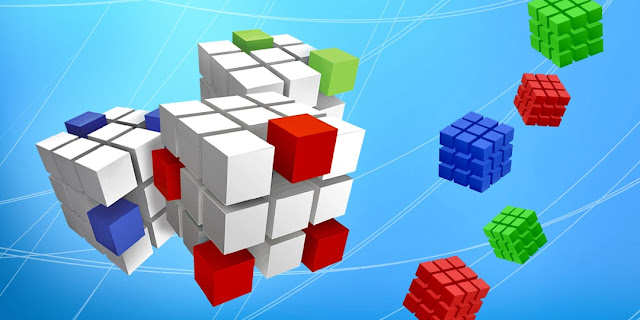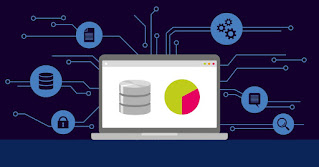There are 3 main types of OLAP servers are as following:
1. Relational OLAP (ROLAP) – Star Schema based –
The ROLAP is based on the premise that data need not to be stored multidimensionally in order to viewed multidimensionally, and that it is possible to exploit the well-proven relational database technology to handle multidimensionality of data. In ROLAP data is stored in a relational database. In essence, each action of slicing and dicing is equivalent to adding a “WHERE” clause in SQL statement. ROLAP can handle large amounts of data. ROLAP can leverage functionalities inherent in the relational database.
2. Multidimensional OLAP (MOLAP) – Cube based –
MOLAP stores data on disks in specialised multidimensional array structure. OLAP is performed on it relying on the random access capability of the arrays. Arrays element are determined by dimension instances, and the fact data or measured value associated with each cell is usually stored in the corresponding array element. In MOLAP, the multidimensional array is usually stored in a linear allocation according to nested traversal of the axes in some predetermine order.
But unlike ROLAP, where only records with non-zero facts are stored, all array elements are defined in MOLAP and as a result, the arrays generally tend to sparse, with empty elements occupying a greater part of it. Since both storage and retrieval costs are important while assessing online performance efficiency, MOLAP systems typically include provision such as advanced indexing and hashing to locate data while performing queries for handling sparse arrays. MOLAP cubes are fast data retrieval, optimal for slicing and dicing and it can perform complex calculation. All calculation are pre-generated when the cube is created.
3. Hybrid OLAP (HOLAP) –
HOLAP is a combination of ROLAP and MOLAP. HOLAP servers allows storing the large data volumes of detail data.On the one hand, HOLAP leverages the greater scalability of ROLAP. On the other hand, HOLAP leverages the cube technology for faster performance and for summary-type inforamtion. Cubes are smaller than MOLAP since detail data is kept in the relational database. The database are used to stores data in the most functional way possible.
Some other types of OLAP:
1. Web OLAP (WOLAP) –
It is a Web browser based technology. In traditional OLAP application is accessible by the client/server but in this OLAP application is accessible by the web browser. It is a three tier architecture which consist of client, middleware and database server. The most appealing features of this style of OLAP was (past tense intended, since few products categorize themselves this way) the considerably lower investment involved on the client side (“all that’s needed is a browser”) and enhanced accessibility to connect to the data. A Web based application requires no deployment on the client machine. All that is required is a Web browser and a network connection to the intranet or Internet.
2. Desktop OLAP (DOLAP) –
DOLAP stands for desktop analytical processing. In that user can download the data from the source and work with the dataset, or on their desktop. Functionality is limited compare to other OLAP application. It has cheaper cost.
3. Mobile OLAP (MOLAP) –
MOLAP is wireless functionality or mobile devices. User is work and access the data through the mobile devices.
4. Spatial OLAP (SOLAP) –
Merge capabilities of both Geographic Information Systems (GIS) and OLAP into single user interface, SOLAP egress. SOLAP is created because the data come on the form of alphanumeric, image and vector. This provides the easy and quick exploration of data that resides on a spatial database.





0 comments:
Post a Comment